Safe Handling and Storage of Methyl Bromide
- Nov 07, 2023
Methyl bromide (CH3Br) is a commonly used organic compound, widely applied in industrial production and laboratory settings. However, due to its toxicity and flammability, the use and storage of methyl bromide require special safety measures.
Safety Protection Characteristics and Requirements
Respiratory Protection: Personnel working in positions where exposure to concentrations of methyl bromide exceeding 20ppm is possible must wear standard industrial respirators equipped with canisters that can filter out organic vapors, including methyl bromide.
Canister Replacement: If the canister is used in situations where the concentration of methyl bromide in the air is consistently below 50ppm and has never exceeded 50ppm, regardless of the frequency of exposure, the canister should be discarded once the cumulative time of use reaches 8 hours.
Dosage Limits: Respirators cannot guarantee protection when the dosage exceeds 64 grams per cubic meter.
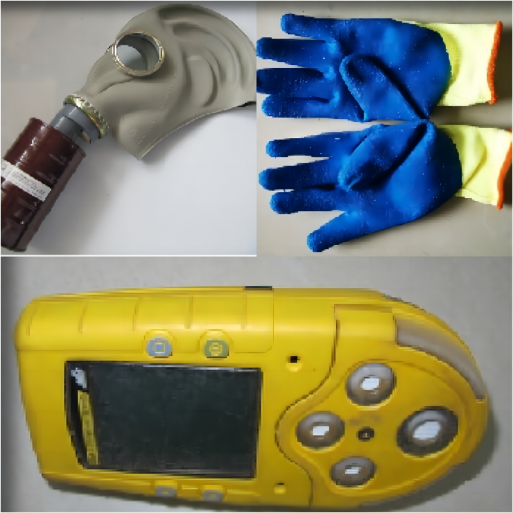
Safety Recommendations for Industrial Production
Prevent Flammability: During production, avoid contact between methyl bromide and high-temperature substances to prevent flash fires or explosions. Additionally, the use of methyl bromide in areas prone to sparks or arcs should be avoided.
Maintain Adequate Ventilation: Given methyl bromide's strong toxicity, proper ventilation should be maintained during the production process to ensure that indoor air remains fresh and free from excessive contamination.
Secure Storage: During storage, methyl bromide should be stored in containers made of lead, steel, glass, or other suitable materials to prevent collision and damage. Additionally, the storage area should have good ventilation to prevent methyl bromide leakage and accumulation.
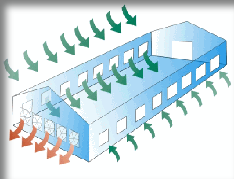
Laboratory Safety Recommendations
Avoid Splashing: When using methyl bromide in the laboratory, it is important to prevent skin and eye contact. Ensure the use of safety equipment, such as gloves and goggles, to mitigate potential hazards.
Prohibit Inhalation: Methyl bromide possesses an irritating odor. Direct inhalation of this gas should be strictly prohibited. Employ safety measures, including ventilation systems and respiratory masks.
Proper Storage: Methyl bromide should be stored in a sealed container at a suitable temperature, avoiding excessive heat or cold. Additionally, prevent contact with other chemicals to minimize the likelihood of accidents.

Ensuring the safety of personnel and the environment is essential when using and storing methyl bromide. In industrial production, preventing flash fires and maintaining proper ventilation are of paramount importance. Similarly, laboratory safety recommendations such as avoiding splashing and prohibiting inhalation can significantly reduce the occurrence of accidents. Additionally, employing proper storage methods and handling procedures are crucial factors for ensuring the safety of personnel and the environment. In conclusion, comprehensive and appropriate safety measures must be implemented to facilitate the safe and reliable use and storage of methyl bromide.
- None
- Back To List
Recommended Product
-
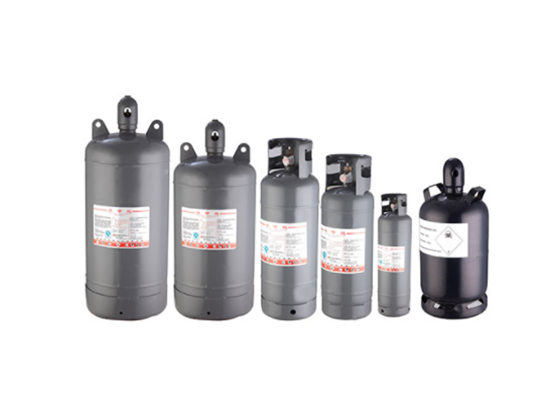
Methyl Bromide
-
![5-[(4-chlorophenyl)methyl]-2,2-dimethyl- Cyclopentanone](/web/uploads/image/20230317/gb6uwq71m4IR8cFk179n708EK0IJ940f.webp)
5-[(4-chlorophenyl)methyl]-2,2-dimethyl- Cyclopentanone
-
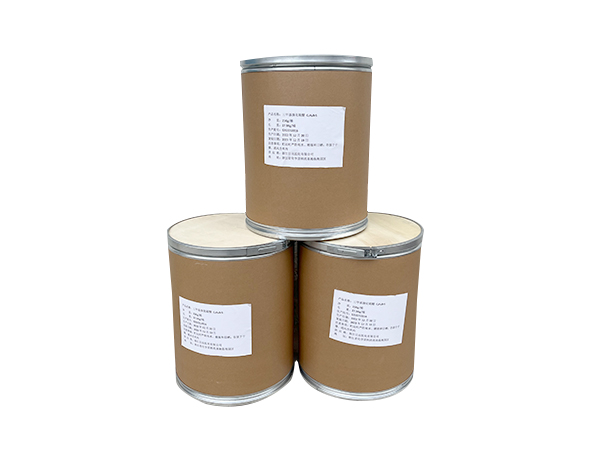
Trimethylsulfonium Bromide
-
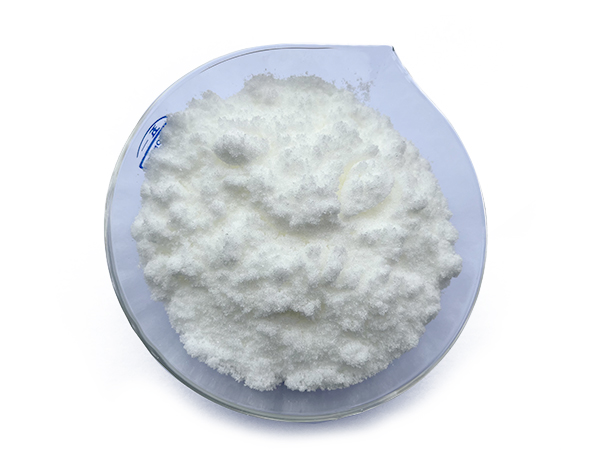
Trimethylsulfoxonium Bromide
Hot News
- •Safe Handling and Storage of Methyl Bromide
- •Methyl Bromide, An Powerful Quarantine Fumigant
- •Jianxin Chemical——Safety, Environmental Protection and High-quality Development
- •5-[(4-chlorophenyl)methyl]-2,2-dimethyl-cyclopentanone:A Promising Pharmaceutical Intermediate
- •Sunrise Group Achieves Impressive 75th Ranking Among the Top 500 Chinese Petroleum and Chemical Companies in 2023







